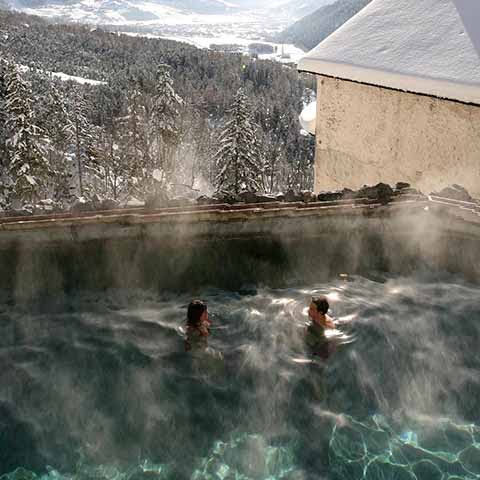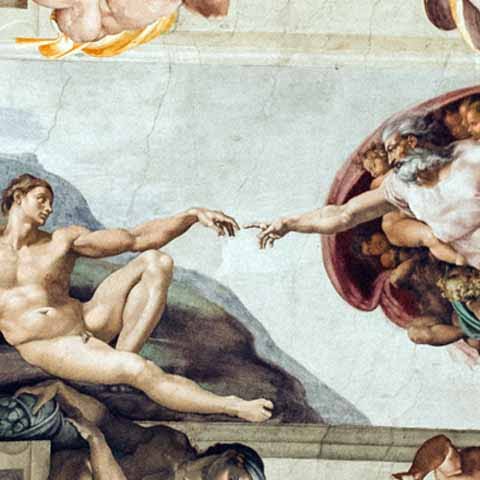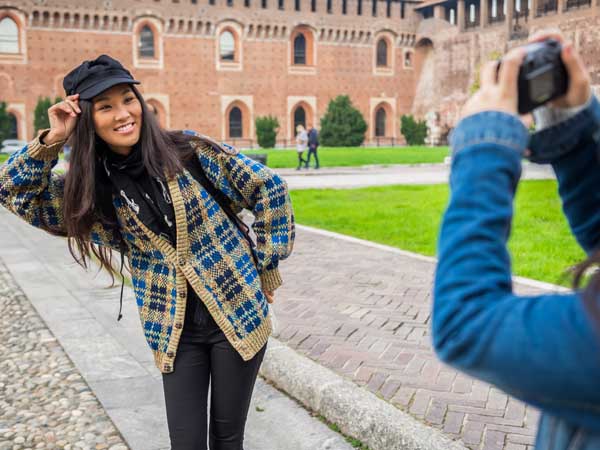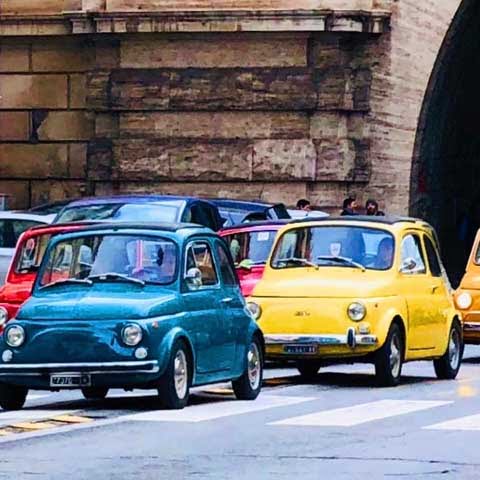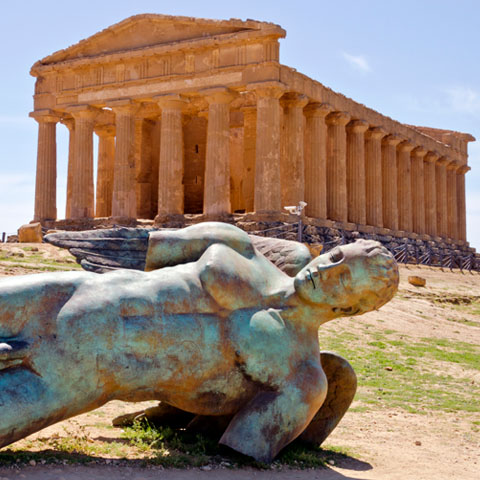Rejuvenate in the Italian Alps: Discover the Healing Thermal Baths of Bormio and Lombardy
Immerse yourself in the rejuvenating experience of the thermal baths in Bormio and Lombardy, nestled amidst the breathtaking landscapes of the Italian Alps. These mineral-rich waters, steeped in centuries of history, offer a unique blend of relaxation and wellness, making them a must-visit for travelers seeking tranquility and healing. Discover the ancient Roman roots of Lombardy’s thermal traditions and explore the picturesque town of Bormio, renowned for its historic Bagni Vecchi and luxurious Bagni Nuovi. Whether you’re indulging in the therapeutic benefits of sulfur, calcium, and magnesium-infused waters or exploring the charming local culture and cuisine, Bormio and Lombardy promise a serene escape that revitalizes both body and soul. Plan your visit during the mild seasons of spring or autumn to enjoy a peaceful retreat, complete with cozy accommodations and scenic adventures in the surrounding Alps. Experience the magic of these healing waters and let the natural beauty of the region wash away your cares, leaving you refreshed and invigorated.
